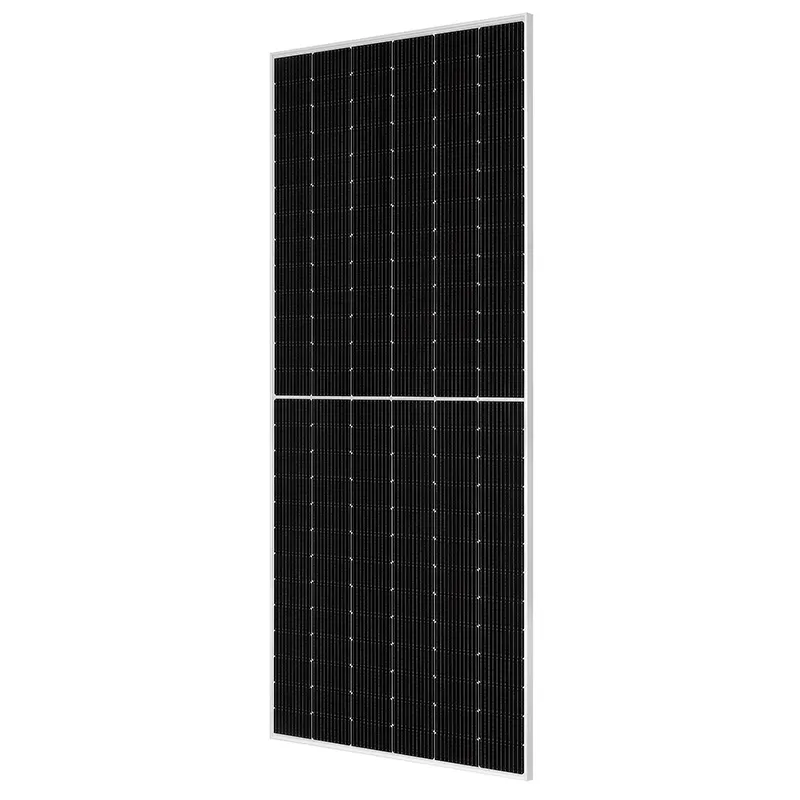solar panel size and capacity
Understanding Solar Panel Size and Capacity
As the world increasingly turns to renewable energy sources, solar power has emerged as a leading option for individuals and businesses seeking to reduce their carbon footprint and lower energy costs. A critical aspect of solar energy systems is the size and capacity of solar panels, both of which play a vital role in determining a solar installation's efficiency and effectiveness.
Solar Panel Size
The physical size of a solar panel is crucial because it directly influences how much sunlight can be captured and converted into electricity. Typically, residential solar panels measure about 65 inches by 39 inches, although sizes can vary slightly among manufacturers. The area of a solar panel is significant; larger panels can generate more electricity, so it’s essential to consider the available roof space when planning an installation.
When assessing solar panel size, it's not only the dimensions that matter but also the number of panels needed. An average household may require several panels to meet its energy needs, depending on energy consumption levels and local solar insolation (the amount of solar radiation received). This brings us to the concept of capacity.
Solar Panel Capacity
Capacity refers to the maximum amount of electricity a solar panel can produce under ideal conditions, typically measured in watts (W). A standard residential solar panel has a capacity ranging from 250 to 400 watts. For example, a 300-watt panel can produce 300 watts of power per hour when exposed to optimal sunlight conditions.
The total capacity of a solar power system depends on the number of panels installed. If a home installs ten 300-watt panels, the system's total capacity would be 3,000 watts, or 3 kilowatts (kW). It’s important to note that this is under ideal conditions, and actual output can vary due to factors such as shading, dirt on the panels, and the angle of sunlight throughout the day.
Calculating Energy Needs
solar panel size and capacity

To determine the appropriate solar panel size and capacity for a specific application, homeowners must first calculate their average energy consumption. This information can be found on utility bills, which typically show monthly consumption in kilowatt-hours (kWh). Once energy usage is understood, you can estimate the solar capacity required to offset that consumption.
For instance, if a household consumes 900 kWh per month, the average daily usage would be 30 kWh. Assuming the solar panels receive about 5 hours of effective sunlight per day, the necessary system capacity can be calculated as follows
\[ \text{Required Capacity} = \frac{\text{Daily Energy Usage (kWh)}}{\text{Hours of Sunlight}} \]
Using our example
\[ \text{Required Capacity} = \frac{30 \text{ kWh}}{5 \text{ hours}} = 6 \text{ kW} \]
This calculation indicates that the household would need a solar power system with a total capacity of 6 kW. Considering that each panel has a capacity of 300 W, the homeowner would need approximately 20 panels to meet their energy needs (6000 W / 300 W per panel).
Conclusion
Understanding solar panel size and capacity is fundamental to harnessing solar energy effectively. By considering both the physical dimensions of the panels and their power output, homeowners can design a solar system that aligns with their energy requirements. As technology continues to improve and the installation of solar systems becomes more efficient, the journey toward sustainable energy is becoming increasingly accessible. Investing in solar power not only benefits the environment but also provides significant long-term savings on electric bills, making it an attractive option for many.
-
Understanding the Advantages of Solar String Inverters for Your Energy SystemNewsApr.29,2025
-
Choosing the Right PV Inverter: A Comprehensive GuideNewsApr.29,2025
-
The Future of Solar Power: Exploring Bifacial Solar PanelsNewsApr.29,2025
-
The Complete Guide to Solar Panels: Efficiency, Cost, And InstallationNewsApr.29,2025
-
The Best Options for Efficiency and Cost-EffectivenessNewsApr.29,2025
-
Harnessing the Power of Off-Grid Solar Inverters for Energy IndependenceNewsApr.29,2025







